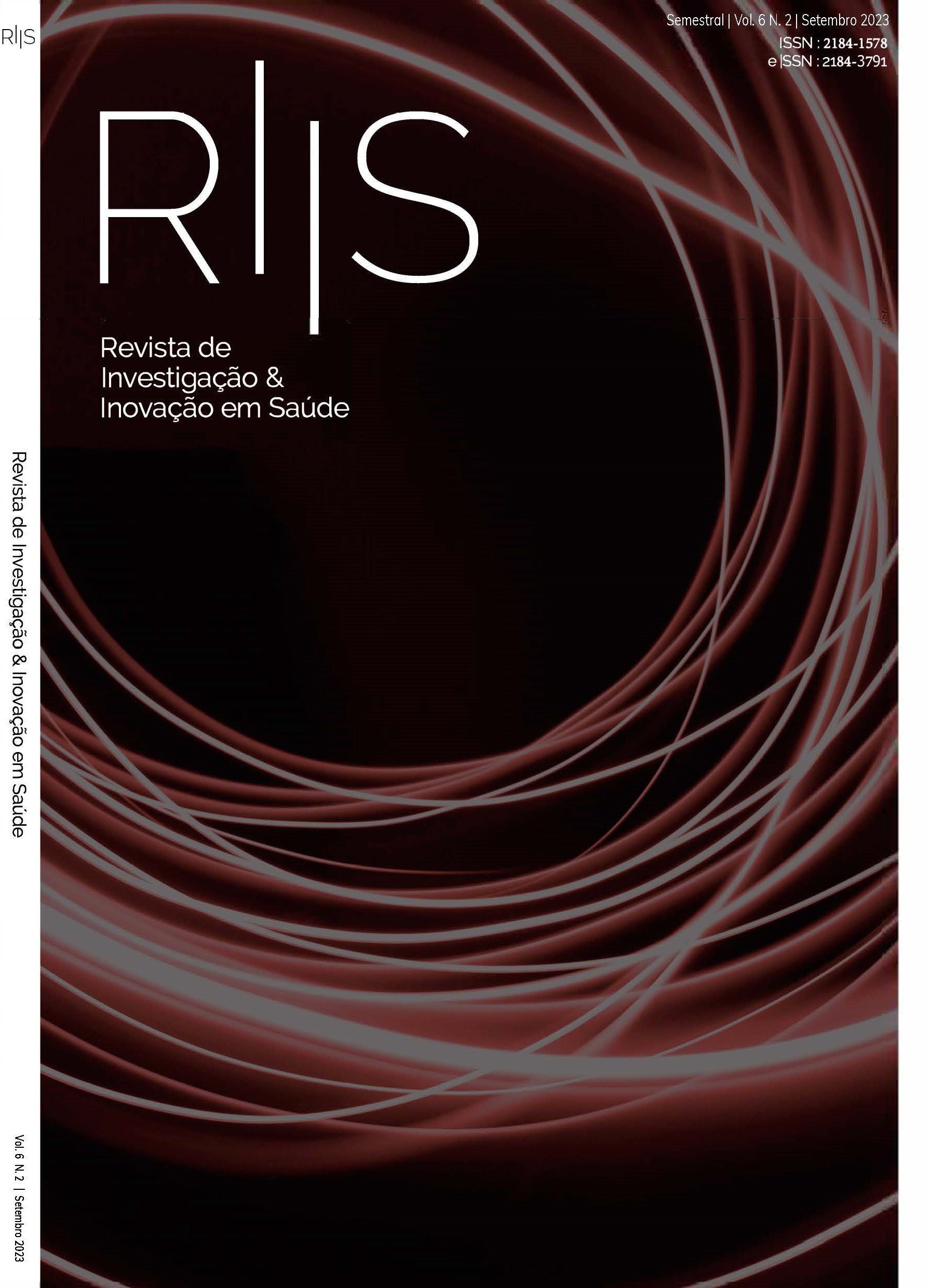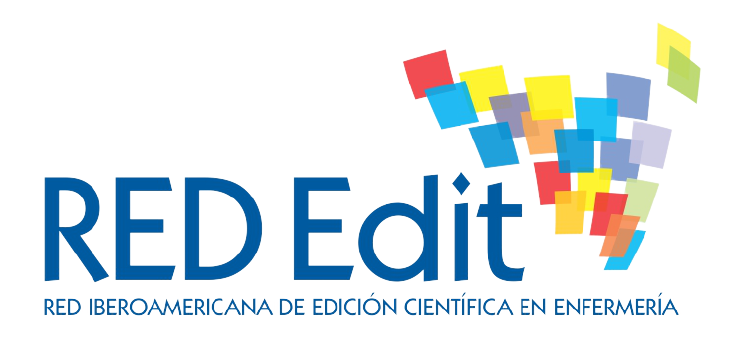Factors influencing help-seeking process of abortion services in Mozambique
DOI:
https://doi.org/10.37914/riis.v6i2.258Keywords:
Mozambique, adolescents, pregnancy, abortionAbstract
Background: help-seeking behaviour implies an active search for information, counselling, treatment or support to respond to a recognized problem. Objective: to understand the help seeking process for abortion services by adolescents and young women, sources of help and, the influencing factors. Methods: a qualitative approach was applied using semi-structured interviews with nurses from Adolescents and Young People Friendly Health Services, gynaecology emergency services and, maternity services of 8 health facilities in Maputo and Quelimane cities; 14 adolescents and young women who induced abortion were also interviewed. The data was analysed using content analysis approach. Results: the help seeking process for abortion services started with confirmation and recognition of the pregnancy. Friends and sisters were the initial sources of information and stimuli for the identification of the provider of abortion services, after analysing the costs and benefits of keeping the pregnancy or inducing abortion; non-perception of the susceptibility and the severity of having an early pregnancy. Non-awareness of sources of help and laws; fear of public exposure; lack of financial resources; and providers’ behaviour served as barriers in this process. Conclusion: dissemination of available sexual and reproductive health services is recommended, as well as promotion of sex education for healthy choices.
References
Agadjanian, V. (1998). “Quasi-Legal” Abortion Services in a Sub-Saharan Setting: Users’ Profile and Motivations. Int. Fam. Plan. Perspect, 24:111–116. http://www.jstor.org/stable/3038207. DOI: https://doi.org/10.2307/3038207
Moçambique. (2014). Lei n°. 35/2014, de 31 de dezembro. Boletim da República, 1ª Série — N° 105. http://www.wlsa.orgmz/wp-content/uploads/2014/11/lei-35_2014Codigo_Penal.pdf.
Barker, G. (2007). Adolescents, social support and help-seeking behaviour: An international literature review and programme consultation with recommendations for action. World Health Organization.
Belayneh, Z., & Mekuriaw, B. (2019). Knowledge and menstrual hygiene practice among adolescent school girls in southern Ethiopia: a cross-sectional study. BMC Public Health, 19, 1595. https://doi.org/10.1186/s12889-019-7973-9. DOI: https://doi.org/10.1186/s12889-019-7973-9
Brito, D., Belkis, M., Vilela, I., & Brito, A. (2018). Obstáculos no Acesso a saúde pelos Imigrantes: Análise de Género. Revista de investigação & Inovação em Saúde, 1(1), 67-73. https://riis.essnortecvp.pt/index.php/RIIS/article/view/31/23. DOI: https://doi.org/10.37914/riis.v1i1.31
Cakar, F. S, & Savi, S. (2014). An Exploratory Study of Adolescent’s Help-Seeking Sources. Procedia-Social and Behavioral Sciences, 159, 610-614. https://doi: 10.1016/j.sbspro.2014.12.434. DOI: https://doi.org/10.1016/j.sbspro.2014.12.434
Champion, V. L., Skinner, C. S. (2008). The Health Belief Model. In K. Glanz, B. k. Rimer, & K .Viswanath (Ed). Health Behavior And Health Education: Theory, Research, and Practice. 4th ed., pp. 45-63. Editora John Wiley & Sons, Inc. San Francisco
Darroch, J.E., Woog, V., Bankole, A., & Ashford, L.S. (2016). Adding It Up: Costs and Benefits of Meeting the Contraceptive Needs of Adolescents. Guttmacher Institute. https://www.guttmacher.org/report/adding-it-meeting-contraceptive-needs-of-adolescents
Divin, N., Harper, P., Curran E., Corry D., & Leavey G. (2018). Help-Seeking Measures and Their Use in Adolescents: A Systematic Review. Adolescent Research Review, 3,113–122. https://doi.org/10.1007/s40894-017-0078-8. DOI: https://doi.org/10.1007/s40894-017-0078-8
Faduco, I. M. F. (2021). Percepções sobre a prática do aborto voluntário entre jovens crentes das religiões Protestante e Católica da cidade de Maputo (Monografia). Universidade Eduardo Mondlane, Maputo.
Fatusi, A. O., & Hindin, M. J. (2010). Adolescents and youth in developing countries: Health and development issues in context. Journal of Adolescence, 33, 499-508. https://doi:10.1016/j.adolescence.2010.05.019. DOI: https://doi.org/10.1016/j.adolescence.2010.05.019
Fortune, S., Sinclair, J., & Hawton, K. (2008). Help-seeking before and after episodes of self-harm: a descriptive study in school pupils in England. BMC Public Health, 8, 369. https://doi:10.1186/1471-2458-8-369. DOI: https://doi.org/10.1186/1471-2458-8-369
Frederico, M.; Michielsen, K.; Arnaldo, C.; Decat, P. (2018). Factors influencing abortion decision-making processes among young women. International Journal of Environmental Research and Public Health. 15, 2. https://doi:10.3390/ijerph15020329. DOI: https://doi.org/10.3390/ijerph15020329
Frederico, M., Arnaldo, C., Decat, P., Juga, A., Kemigisha, E., Degomme, O., & Michielsen, K. (2020). Induced abortion: a cross-sectional study on knowledge of and attitudes toward the new abortion law in Maputo and Quelimane cities, Mozambique. BMC Women's Health, 20, 129. https://doi.org/10.1186/s12905-020-00988-6. DOI: https://doi.org/10.1186/s12905-020-00988-6
Ibitoye, M.; Choi, C.7; Tai, H.; Lee, G.; Sommer, M. (2017) Early menarche: A systematic review of its effect on sexual and reproductive health in lowand middle-income countries. PLoS ONE 12, 6, e0178884. https:// doi.org/10.1371/journal. pone.0178884. DOI: https://doi.org/10.1371/journal.pone.0178884
Janighorban, M., Boroumandfar, Z., Pourkazemi, R., & Mostafav, F. (2022). Barriers to vulnerable adolescent girls’ access to sexual and reproductive health. BMC Public Health, 22, 2212. https://doi.org/10.1186/s12889-022-14687-4. DOI: https://doi.org/10.1186/s12889-022-14687-4
Kumar, A., Hessini, L., & Mitchell, E. M. H. (2009). Conceptualising abortion stigma. Culture, Health & Sexuality, 11(6), 625-639. https://doi: 10.1080/13691050902842741. DOI: https://doi.org/10.1080/13691050902842741
Mackian, S., Bedri, N., Lovel, H. (2004). Up the garden path and over the edge: where might health-seeking behaviour take us? Health Policy and Planning, 19(3), 137-146. doi: 10.1093/heapol/czh017. DOI: https://doi.org/10.1093/heapol/czh017
Moçambique. (2017). Diploma Ministerial n°. 60/2017, de 20 de setembro. Boletim da República, 1ª Série- N° 147. www.wlsa.org.mz/wp-content/.../Diploma_ministerial_60-2017.pdf.
Ministério da Saúde e Instituto Nacional de Estatística. (2018). Inquérito de Indicadores de Imunização, Malária e HIV/SIDA em Moçambique (IMASIDA) 2015. Rockville, Maryland, https://dhsprogram.com › pdf › AIS12 › AIS12.
Ninsiima, L. R., Chiumia, I. K. & Ndejjo R. (2021). Factors infuencing access to and utilisation of youth-friendly sexual and reproductive health services in sub-Saharan Africa: a systematic review. Reprod Health, 18,135. https://doi.org/10.1186/s12978-021-01183-y. DOI: https://doi.org/10.1186/s12978-021-01183-y
Rickwood, D., Deane, F. P., Wilson, C. J., & Ciarrochi, J. V. (2005). Young people's help-seeking for mental health problems. Australian e-Journal for the Advancement of Mental Health, 4(3), 1-34. 2018. ro.uow.edu.au › cgi › viewconten. DOI: https://doi.org/10.5172/jamh.4.3.218
Segrin, C., & Flora, J. (2011). Family Communication. Second edition, Lawrence Erlbaum Associates DOI: https://doi.org/10.4324/9780203857830
Sorhaindo, A. M., & Lavelanet, A. F. (2022). Why does abortion stigma matter? A scoping review and hybrid analysis of qualitative evidence illustrating the role of stigma in the quality of abortion care. Social Science & Medicine, 311, 115271. doi.org/10.1016/j.socscimed.2022.115271. DOI: https://doi.org/10.1016/j.socscimed.2022.115271
United Nations Population Fund–UNFPA. (2014). The Power of 1.8 billion: Adolescents, Youth and the Transformation of the Future. UNFP
Wakjira, D. B., & Habedi, D. (2022). Barriers to access and utilisation of sexual and reproductive health services among adolescents in Ethiopia: a sequential mixed methods study. BMJ Open, 12, e063294. https://doi:10.1136/ bmjopen-2022-063294. DOI: https://doi.org/10.1136/bmjopen-2022-063294
Ustá, M. B., Mitchell, E. M., Gebreselassie, H., Brookman-Amissah, E., Brookman-Amissah, E., & Kwizera, A. (2008). Who is Excluded When Abortion Access is Restricted to Twelve Weeks? Evidence from Maputo, Mozambique. Reprod. Health Matters, 16, 14-7. https://doi: 10.1016/S0968-8080(08)31386-X. DOI: https://doi.org/10.1016/S0968-8080(08)31386-X
Downloads
Published
How to Cite
Issue
Section
License
Copyright (c) 2023 Monica Frederico

This work is licensed under a Creative Commons Attribution 4.0 International License.















